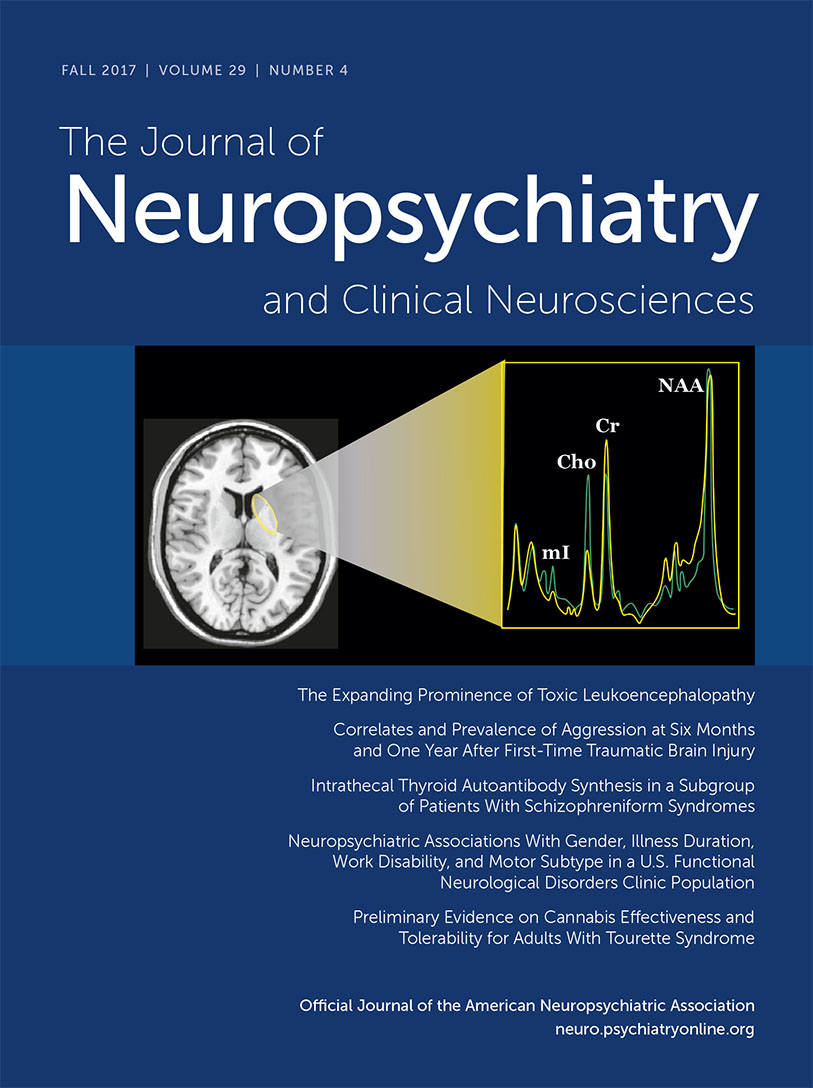Pavlov’s Orienting Response in Frontotemporal Dementia
Abstract
Behavioral variant frontotemporal dementia (bvFTD) is a neurodegenerative disorder with initial disturbances in socioemotional behavior in the absence of a sensitive diagnostic test. This study evaluated Pavlov’s “orienting response” (OR) or “what is it?” reflex as a measure of their ability to refocus attention on socioemotional stimuli and as a potentially distinguishing measure for bvFTD. Ten patients with bvFTD were compared with 18 normal controls (NC) on ORs (defined as initial heart rate [HR] deceleration) to different pictures based on social and emotional (valence) differences from the International Affective Picture Stimuli. HR was measured while participants viewed pleasant-nonsocial (e.g., food), unpleasant-nonsocial (e.g., garbage), pleasant-social (e.g., babies), and unpleasant-social (e.g., violence) pictures. Participants watched each picture for 6 seconds, and the study examined HR changes during the first 2-second OR interval. The results showed significant differences in valence (pleasant-unpleasant) and valence-group interactions, but no effects of nonsocial-social. Whereas the NCs showed the expected HR deceleration (OR) to unpleasant stimuli, the bvFTD patients showed increased HRs without an initial refocusing. Decreased HR slowing to stimuli among the bvFTD patients correlated with increased scores on an emotional blunting scale. These findings suggest that decreased socioemotional behavior in bvFTD may be associated with decreased appreciation of emotional aspects of stimuli as evidenced by decreased ORs to emotional stimuli, regardless of social content. These findings also suggest further investigation of the OR in bvFTD as an early diagnostic measure for this disorder.



